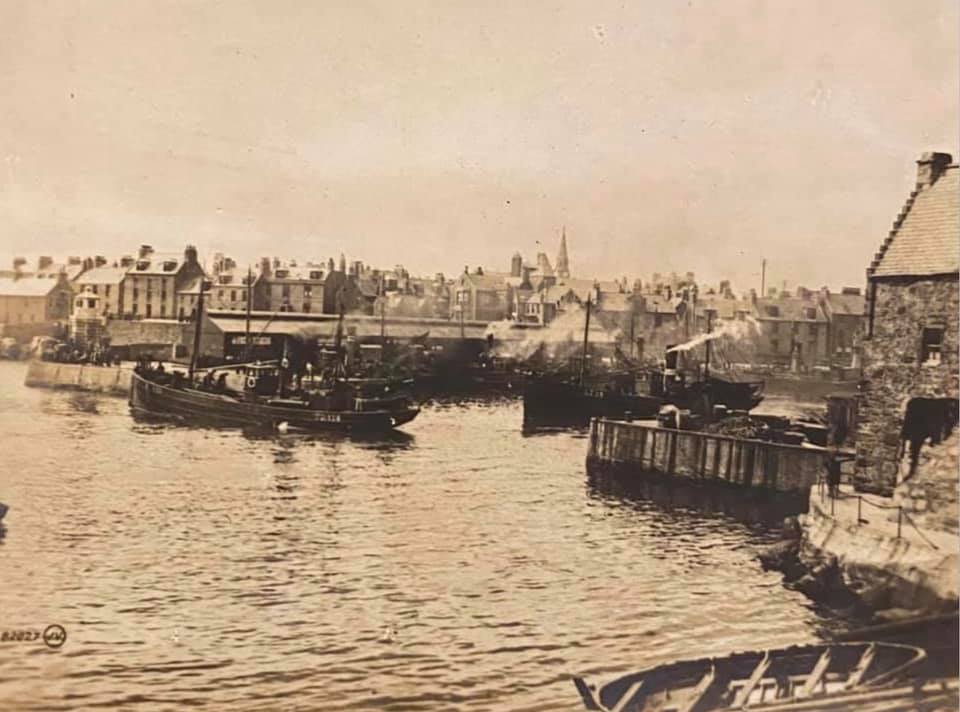Keith Inch Castle story begins in 1589

The History of Keith Inch Castle in Peterhead the castle was stood approximately where Alex Buchan’s fish factory the South Harbour
The story of Keith Inch castle in Peterhead begins in 1589, when George Keith, Fifth Earl Marischal, returned from Denmark, where he had been instrumental in setting up the Scottish Embassy there.
The castle took two years to complete and was built as a traditional Scottish ‘L’ shaped fortified house, according to the records the main wing was 54’ long x 24’ wide, the south wing 22’ square and the annexe towards the north 20 feet wide, it also had a quite large cellar but no dungeons.

The rock to build the castle was broken out from the granite rocks on the foreshore in what is now the South Harbour. If you can imagine modern day Peterhead, the castle would have stood approximately where Alex Buchan’s fish factory is now, at the beginning of the Albert Quay.
The well to provide water for the castle was sunk in the rock not far from the castle and was watched over by Andrew Phinnie, who was granted leave to build a house next to the well; Phinnie’s House was a landmark on Keith Inch for many years and was only demolished in 1937.

The plague came to Peterhead in 1645 and the castle was at the time occupied by 300 of the Covenanter army, which at the time were close allies of Oliver Cromwell’s puritanical regime. Many of the soldiers in the castle died of the plague and their bodies were buried in the plague pits at the Ronheads / Gadle Braes area.
The castle was deserted by the Keiths in the mid-eighteen centuries because of the Jacobite Rebellion and stood empty for many years, at various times it was used by its then current owners, The Merchant Maiden Company of Edinburgh, as a storehouse, fish house, and finally for the storage of gunpowder and shot for the Gun Battery that was situated on Keith Inch.
By 1812 the castle had become dilapidated and the Merchant Maiden Company decided to have it demolished, it was gone completely by 1813 and the sale of the materials from the demolition raised the sum of £57 16s 1d.
Phinnie’s House is the building on the extreme right-hand side of the photo.

Credit to Kenny Bruce


